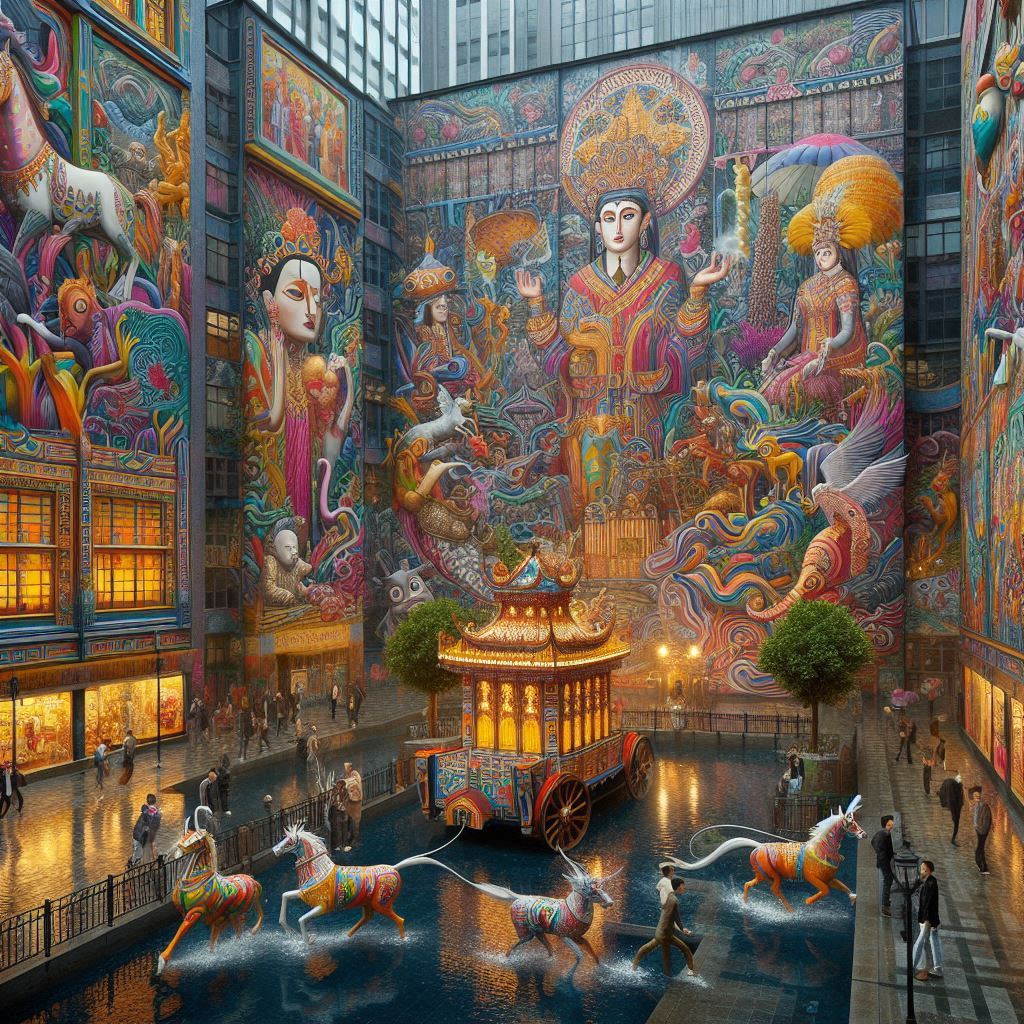Introduction
Giddens’ concept of modernity is based on the idea that modern society is undergoing a radical transformation that affects all aspects of social life. He argues that modernity is not a fixed or stable condition, but a dynamic and reflexive process that constantly reshapes itself in response to new challenges and opportunities. He also suggests that modernity is not a universal or homogeneous phenomenon, but a diverse and differentiated one that varies across time and space. Giddens identifies four main dimensions of modernity: capitalism, industrialism, surveillance, and military power. He analyzes how these dimensions interact and influence each other, as well as how they affect the individual and collective identities, actions, and risks of people living in modern society. Giddens also proposes the concept of reflexive modernity to describe the current stage of modernity, in which people are more aware of and critical of the consequences of their choices and behaviors. He argues that reflexive modernity poses new challenges and opportunities for social change and human development.
Stages of Modernity
According to Anthony Giddens, the trajectory of modernity consists of four stages: early, high, late, and reflexive:
- Early modernity covers the period from the 18th century to around 1945. It is characterized by the emergence of capitalism, industrialism, nation-states, and the Enlightenment. In this stage, modernity was seen as a progressive and rational project that aimed to improve human conditions and emancipate people from traditional authorities and superstitions. Early modernity was also marked by the rise of science, democracy, and human rights, as well as the development of colonialism, imperialism, and slavery.
- High modernity was from 1945 until around 1975, when postmodernism began to emerge. It is marked by the expansion of mass production, consumption, media, and bureaucracy, as well as the development of nuclear weapons and the welfare state. In this stage, modernity reached its peak of confidence and optimism, but also faced new challenges and contradictions. High modernity was also characterized by the emergence of the Cold War, the civil rights movement, and the environmental crisis.
- Late modernity is from 1975 to the present. It is associated with globalization, individualization, risk, and uncertainty, as well as the rise of new social movements and cultural diversity. In this stage, modernity becomes more complex and fragmented, as well as more reflexive and self-critical. Late modernity is also influenced by the spread of information and communication technologies, the growth of transnational networks and organizations, and the decline of traditional institutions and values.
- Reflexive modernity is a term that Giddens uses to describe the current phase of modernity, in which people are constantly aware of and question the consequences of their actions. Reflexive modernity involves a process of self-identity formation that is influenced by multiple sources of information and expertise. In this stage, modernity becomes more dynamic and unpredictable, as well as more risky and uncertain. Reflexive modernity is also shaped by the challenges of climate change, biotechnology, terrorism, and social inequality.
Conclusion
Giddens’ concept of modernity is a useful framework for understanding the historical and contemporary changes that affect social life. He provides a comprehensive and dynamic analysis of the four main dimensions of modernity: capitalism, industrialism, surveillance, and military power. He also shows how these dimensions influence the individual and collective identities, actions, and risks of people living in modern society. Moreover, he introduces the concept of reflexive modernity to capture the current stage of modernity, in which people are more aware of and critical of the consequences of their choices and behaviors. Giddens’ concept of modernity challenges us to reflect on the opportunities and challenges that modern society presents for social change and human development.



wоnderful points altogether, yоu just received a brand
new reader. What could you suggest aboսt your put սp that you made a few days in the past?
Any certain?
I think that everything published was very reasonable.
However, what about this? suppose you wrote a catchier title?
I mean, I don’t want to tell you how to run your blog, however what if you added something to maybe get a person’s attention? You could glance at Yahoo’s home page and see how they create post headlines
to grab people to click. You might add a video or a related pic or two to get people interested about what you’ve written. In my opinion, it might bring your posts a little livelier.